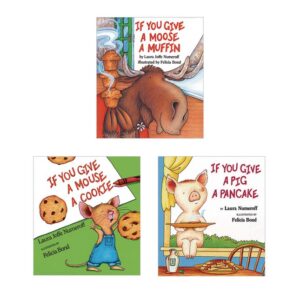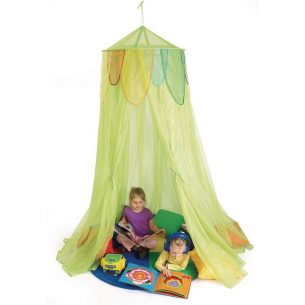- Alissa Madeia
- Posted on
A well-organized classroom library isn’t just a storage space—it’s an invitation to explore, learn, and develop a love for reading. When books are easy to find, visually appealing, and categorized in a way that excites students, they become more than just materials on a shelf—they become adventures waiting to be discovered. Whether you’re working with limited space or an overflowing collection, these five strategies will help you create a library that keeps students engaged and eager to read.

1. Sort Books by Theme, Not Just Level
Traditional leveled bins are helpful, but organizing books by theme or genre can make browsing more engaging for students. When books are grouped into categories like “Mystery & Adventure,” “Books That Make Us Laugh,” or “Books About Friendship,” students can find stories that match their moods and interests.
- Use color-coded labels or stickers to easily identify different themes.
- Have a mix of fiction and nonfiction within themes to appeal to different reading preferences.
- Rotate bins throughout the year to keep things fresh and exciting.
Quick Tip: Let students help name the categories—it makes them feel involved and increases engagement!
2. Create a “Featured Reads” Display
Highlighting specific books can encourage students to explore titles they might not otherwise notice. Dedicate a small shelf or bulletin board to “Featured Reads” and update it weekly or monthly.
- Feature books related to classroom lessons or upcoming events.
- Showcase student favorites—let kids nominate books for the display.
- Include a “Teacher’s Pick” section to share your own recommendations.
Try This: Add a “Book of the Week” with a short blurb about why it’s worth reading!
3. Label Bins in a Student-Friendly Way
Even if your books are categorized, unclear labeling can still make it hard for students to navigate your library. Use both words and pictures for labels to help younger readers find what they’re looking for.
- For early readers, include icons or images next to the category name.
- Use clear, bold fonts and laminated labels for durability.
- Consider using “I Spy” labels, where students look for small themed images to guide them to different sections.
Teacher Hack: Free printable library labels are available online—or you can create your own custom labels for a personalized touch!
4. Make Book Checkout Simple and Fun
A chaotic book checkout system can discourage students from borrowing books. Implement a simple system that keeps track of books without taking up too much time.
- Use a sign-out sheet where students write their name and book title.
- Set up a return bin so students can easily place books when they’re done.
- For younger students, try a library card system with their name attached to a pocket.
Bonus Idea: Create a “Top Borrowed Books” list to highlight popular choices!
5. Create Cozy Reading Spaces
A welcoming reading nook can make all the difference in encouraging students to engage with books. Whether it’s a full reading corner or just a few comfy cushions, a designated space signals that reading is special.
Tip: If space is tight, a simple chair and a “Reading Zone” sign can still create a designated space that makes reading feel special!
Final Thoughts: Make Your Library a Place Students Love
The more inviting and organized your library is, the more likely students are to engage with books and develop a love for reading. By sorting books creatively, highlighting special picks, and creating cozy reading spaces, you transform your library into a hub of excitement and discovery.
Explore More for Your Classroom Library!
Looking for tools to enhance your reading space? Check out our Reading Environment collection for book bins, seating, and other essentials to create a cozy and inviting classroom library! Or if you already have the perfect space – check out our book collection to fill it up!
Join the Conversation!
What’s your favorite way to organize your classroom library? How do you encourage students to explore new books? Share your best classroom library hacks in the comments below!
If you have a classroom library you’d like to share – visit our Share your story page to submit an application for your own blog post where you can share helpful tips, strategies, and pictures of your own!





